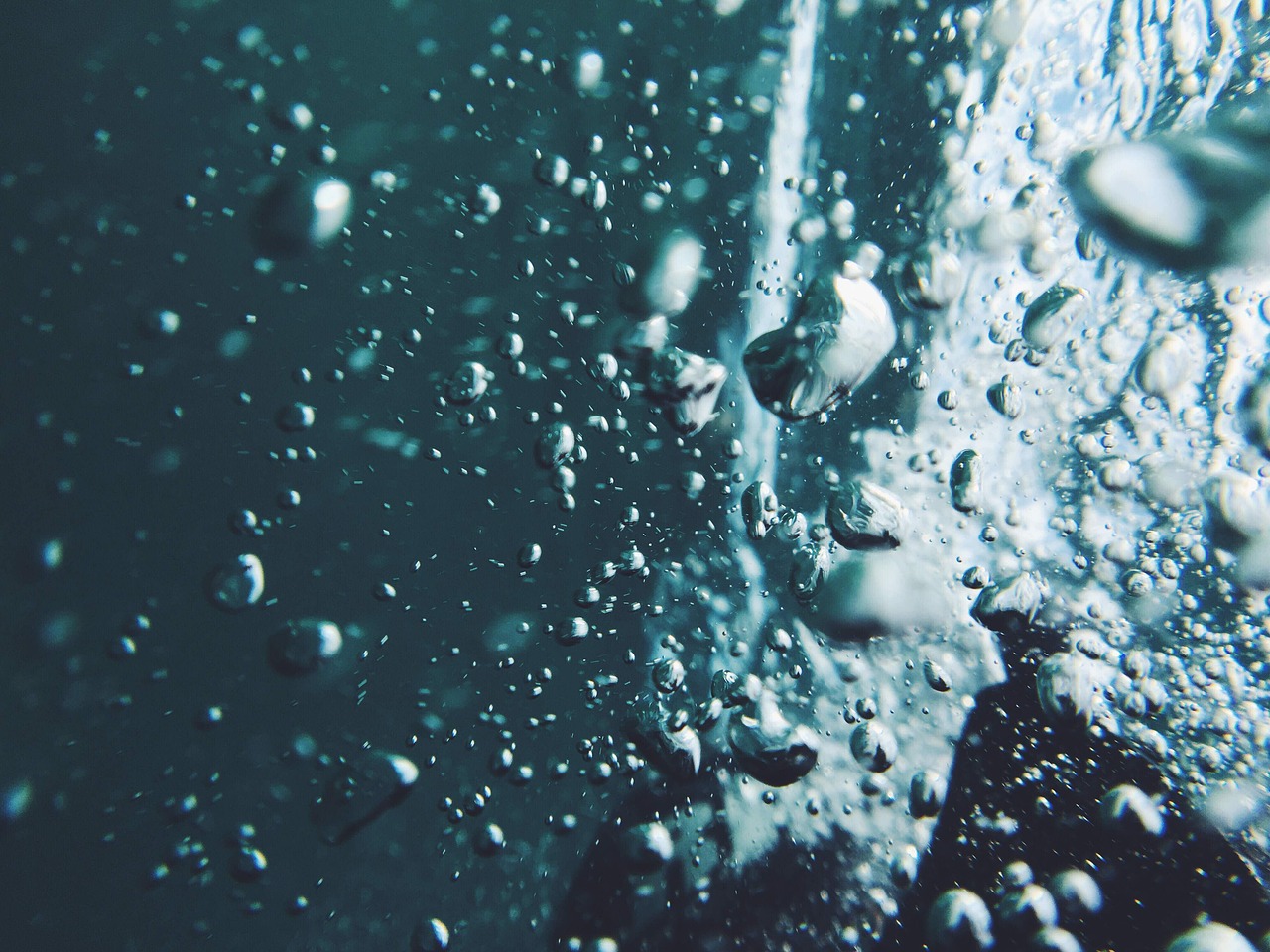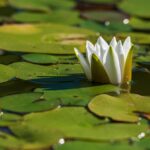Why you simply must checkout Water Shortage in Oregon: Southeastern Oregon is also impacted by the water cycle shortages.
Human Activities and Their Effects, Water Shortage, etc…
Facing a Thirsty Future: The Great Basin and the Challenge of Water Scarcity
The Great Basin, a vast and breathtaking region of the western United States, is facing a critical challenge: water scarcity. Climate change is intensifying this problem, leading to a future where water resources are even more limited.
Here’s how it works:
- Evaporation: The sun’s heat turns water in lakes, rivers, and even the ground into vapor, which rises into the atmosphere. As temperatures rise due to climate change, evaporation rates increase, leading to less water available for people, wildlife, and ecosystems.
The consequences of water scarcity are severe:
- Dwindling water supplies: Less rainfall and increased evaporation mean less water for agriculture, industry, and human consumption.
- Threatened ecosystems: Shrinking water sources put stress on sensitive ecosystems, impacting biodiversity and wildlife populations.
- Social and economic hardship: Water scarcity can lead to conflicts over resources, economic hardship, and even displacement of communities.
Active Climate Rescue Initiative is a dedicated organization working tirelessly to address the water shortage crisis in the Great Basin and beyond. Their mission is to:
- Educate the public: Raise awareness about the challenges of water scarcity and the need for action.
- Develop innovative solutions: Promote sustainable water management practices, explore new technologies, and advocate for policy changes.
- Support communities: Empower local communities to adapt to changing water conditions and build resilience.
By understanding the challenges of water scarcity and working together to implement solutions, we can help ensure a sustainable future for the Great Basin and the people and wildlife who call it home.
The Great Basin: A Thirsty Land
TL;DR The Great Basin is a dry place, and climate change is making it even drier. This is causing problems for people and nature who need water to survive. We can help by saving water, using it more wisely, and working together to find solutions.
A Journey Through the Great Basin
Imagine a giant bathtub with a leaky faucet. That’s kind of like the Great Basin, a vast area in the western United States that includes parts of Oregon, Nevada, Utah, California, and Idaho. The Great Basin is known for its dry climate and mountains, but it also has an important water cycle. Here’s how it works:
- Evaporation: The sun heats up water in lakes, rivers, and even the ground, turning it into vapor, which rises into the air.
- Condensation: As the water vapor cools in the air, it turns back into tiny water droplets that form clouds.
- Precipitation: When the water droplets in the clouds get too heavy, they fall back to Earth as rain or snow.
- Collection: The rain and snow collect in rivers, lakes, and underground aquifers (layers of rock that hold water).
This water is essential for life in the Great Basin, providing water for people, animals, and plants.
The Challenges of Water Shortages
The Great Basin has always been a dry place, but recent years have brought even less rain and snow. This is a big problem because:
- Droughts: Droughts are periods of unusually low rainfall, leading to lower water levels in rivers, lakes, and aquifers.
- Human Activity: People use a lot of water for farming, drinking, and other activities. When there’s less water available, it can lead to conflicts over who gets to use it.
- Climate Change: Global warming is making the Great Basin even hotter and drier, further reducing the amount of water available.
Impacts of Water Scarcity
Water shortages have serious consequences:
- Wildlife: Animals that rely on water sources, like fish and birds, struggle to survive.
- Agriculture: Farmers have to reduce the amount of crops they grow or find new ways to water their fields.
- Communities: People may have to conserve water, limit their use, or even move away from areas that are running out of water.
Finding Solutions: A Shared Responsibility
We need to work together to address the water shortage problem in the Great Basin. Here are some things we can do:
Water Conservation Practices
- Reduce our water usage: Taking shorter showers, fixing leaky faucets, and watering our lawns less can all make a difference.
- Choose water-wise landscaping: Planting drought-tolerant plants that need less water can help save water and conserve resources.
Innovative Irrigation Techniques
- Drip irrigation: This method delivers water directly to plant roots, minimizing waste and evaporation.
- Smart irrigation systems: These systems use sensors to measure soil moisture and adjust watering schedules to match plant needs.
Policy Measures
- Water conservation regulations: Governments can set limits on water usage, encourage water-saving practices, and enforce water rights.
- Investments in water infrastructure: Building new reservoirs and improving water delivery systems can help store and transport water more efficiently.
Active Climate Rescue Initiative
Active Climate Rescue Initiative is a fantastic organization working hard to address the water shortage crisis in the Great Basin and beyond. They are developing innovative solutions, raising awareness, and partnering with communities to find sustainable ways to manage water resources.
A Sustainable Future for the Great Basin
The Great Basin is a beautiful and valuable part of the United States. By understanding the challenges of water scarcity and working together to implement solutions, we can help ensure a sustainable future for this region and the people and wildlife who call it home.
More on Water Shortage…
- ## SEO Keywords: Water Shortage and Human Activities
- General:
- water scarcity
- water shortage
- water crisis
- drought
- human impact on water resources
- environmental degradation
- climate change and water resources
- sustainable water management
- water conservation
- water security
- water footprint
- water pollution
- Human Activities and Their Effects:
- agriculture and water use
- industrial water consumption
- urban water demand
- population growth and water scarcity
- deforestation and water scarcity
- pollution from agriculture
- industrial waste and water pollution
- plastic pollution in water bodies
- climate change and drought
- overgrazing and water scarcity
- mining and water pollution
- dam construction and water flow
- groundwater depletion
- Solutions and Strategies:
- water conservation techniques
- water-efficient appliances
- rainwater harvesting
- greywater recycling
- water pricing strategies
- drought-resistant crops
- water-efficient irrigation
- desalination technology
- water management policies
- international water cooperation
- water education and awareness
- sustainable water infrastructure
- Regional & Specific:
- California drought
- Australia drought
- China water shortage
- Africa water crisis
- Middle East water scarcity
- water shortage in developing countries
- Other:
- water rights
- water conflict
- water equity
- water justice
- water access
- water sanitation
- water hygiene
- water-related diseases
- water quality
- water footprint calculator
- water conservation tips
- water scarcity statistics
- Note:** This list is not exhaustive and can be further expanded with specific keywords targeting different audiences and regions.




